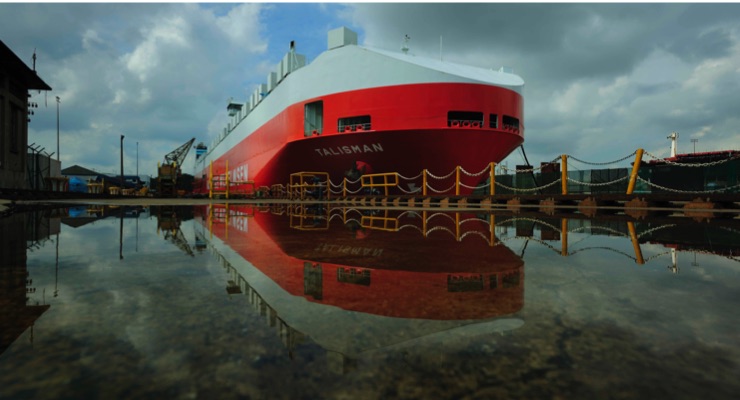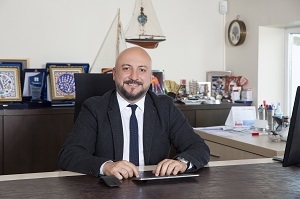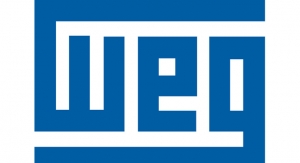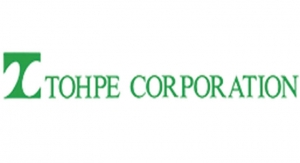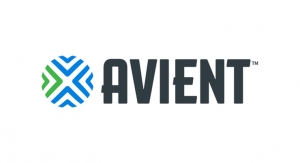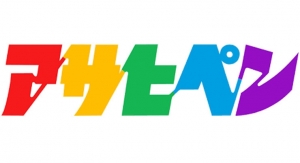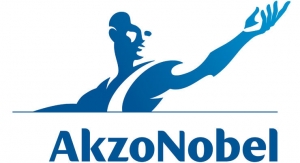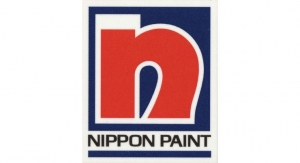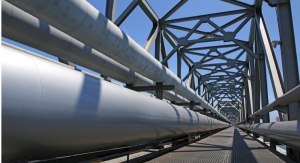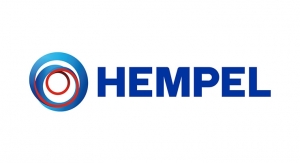Jotun05.26.20
Wallenius Wilhelmsen operates a fleet of 126 RoRo vessels, 11 marine terminals and 71 processing centers around the world.
For the past decade, the company has produced an annual Sustainability Report, describing initiatives undertaken to reduce the company’s emissions and safeguard life below the water line, among other target areas.
According to Geir Fagerheim, senior VP Marine Operations for Wallenius Wilhelmsen, the company has a holistic approach to reducing emissions that includes everything from weather routing to engine optimization, hull coatings to sophisticated hydrodynamic hull, rudder and propeller design.
“In 2019, the company achieved an 11 percent reduction in CO2 emissions from the year before, due in part to technical improvements,” he said.
Wallenius Wilhelmsen has also joined the “Getting to Zero Coalition," an alliance of more than 90 companies across the maritime, energy, infrastructure and finance sectors, which are working together to develop commercially viable zero-emission vessels by 2030.
“Achieving zero-emission vessels won’t be easy, but we recognize that by taking a collaborative approach to common challenges, we can accelerate the development of technologies that can make a difference,” said Fagerheim. “Jotun Hull Skating Solutions certainly fits that description.”
Jotun Hull Skating Solutions consists of five solution components: A high-performance antifouling coating SeaQuantum Skate, proactive condition monitoring, inspection and proactive cleaning with advanced underwater robotic Jotun HullSkater, high-end technical service and performance and service level guarantees that fit the most challenging operations.
In 2016, Jotun approached Wallenius Wilhelmsen to pilot-test the system onboard one of its vessels.
Fagerheim acknowledged that some at Wallenius Wilhelmsen were skeptical at first.
“The concept is a radically new approach to hull maintenance so our team had a lot of questions,” said Fagerheim. “However, once we learned that Jotun had developed a prototype in cooperation with KONGSBERG and the Swedish technology company Semcon among other partners, we decided to participate.”
Fagerheim said that unlike most hull cleaning services, Hull Skating Solutions (HSS) is proactive, not reactive.
“By removing slime and fouling before organisms have time to firmly attach to the hull, HSS not only helps owners reduce fuel costs and corresponding emissions, it helps vessels stay in compliance with increasingly strict local and global regulations designed to protect marine ecosystems from alien invasive species,” he said. “The benefits of Jotun Hull Skating Solutions align perfectly with our business strategy and sustainability goals.”
In 2017, Wallenius Wilhelmsen gave the HSS team access to the Talisman, a DWT 38500 RoRo carrier built in 2000.
Geir Axel Oftedahl, Jotun’s Business Development Director (Marine), said that unlike reactive hull cleaning services offered at many ports, owners install the Hull Skater on board.
“High powered magnets attach the unit to the hull, allowing it to perform underwater inspections and proactive cleaning using HD cameras and a specially designed brush that does not damage the antifouling coating or release biocides into the water,” he explained.
The HSS Project Team applied antifouling test patches on the hull, installed the unit onboard and provided training for crew members on maintenance, deployment, retrieval and storage of the unit.
Once underwater, the unit is remotely controlled.
"We can operate HullSkater units all over the world from our control center here in Norway, day and night,” said Oftedahl. “We learned that depending on the size of the vessel, cleaning and inspection can take between 2-8 hours.”
Oftedahl said that the company’s multi-year pilot test with Wallenius Wilhelmsen (and other owners, including Berge Bulk and Maersk) provided the project team with valuable insight on what worked – and what didn’t.
“In addition to providing us the opportunity to test the unit under different operational conditions, Wallenius Wilhelmsen was also instrumental in helping us reach out to port authorities to ensure we could operate in compliance with local regulations,” said Oftedahl.
Over the past two years, HSS has been successfully pilot-tested on vessels in different ports around the world. Today, Jotun is working to establish agreements with some ports which require documentation of a clean underwater hull prior to port call.
“Because HSS is a new technology, no uniform standards currently exist,” said Oftedahl. “Our relationship with our pilot partners has been enormously helpful in working through these issues.”
Fagerheim acknowledged that reducing bunker costs, meeting the increasingly strict demands of cargo owners and complying with regulations on emissions and alien invasive species are all potent drivers for owners to improve vessel efficiency and environmental performance.
But by being proactive and working in collaboration with suppliers, he believes the industry can achieve better results, faster.
“As we have seen with Jotun Hull Skating Solutions, a project that involved a broad range of stakeholders, collaboration can produce some game-changing technologies that get us one step closer to a more environmentally responsible industry.”
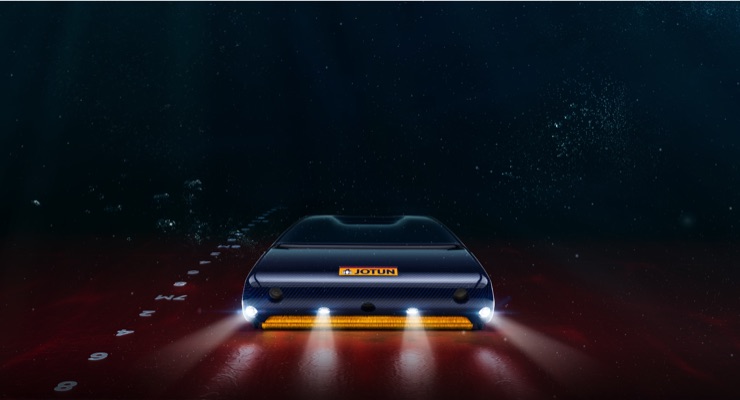
Jotun Hull Skater

